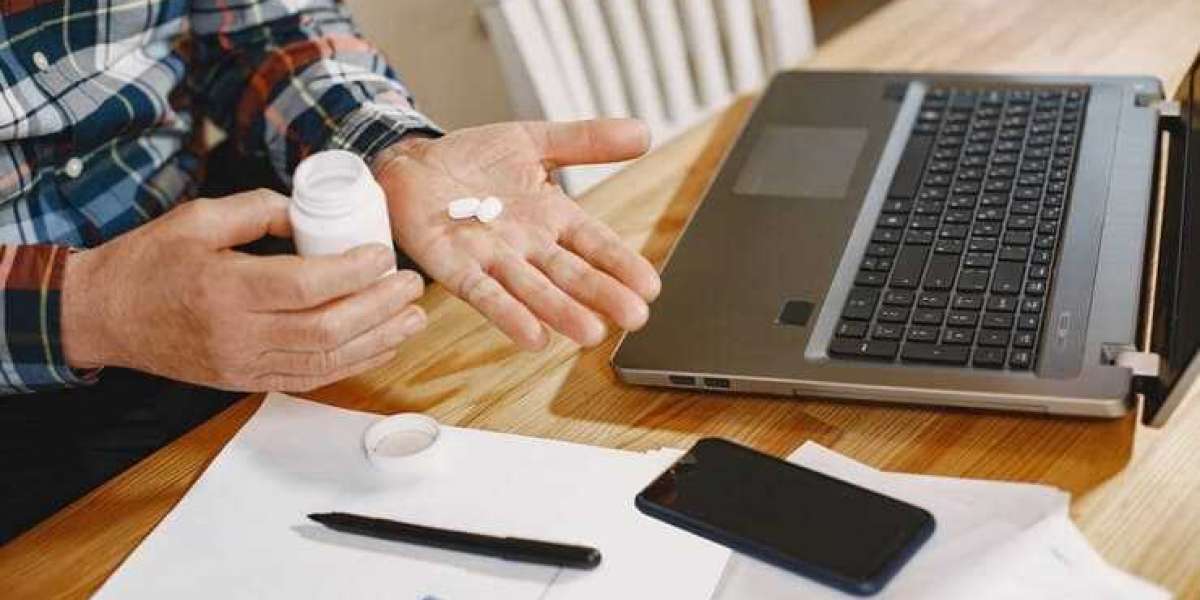If you've been keeping tabs on your health with a blood pressure machine at home, kudos to you! Monitoring your BP regularly is one of the simplest yet most effective ways to stay ahead of health issues like hypertension and heart disease. But here's something we often overlook—is your blood pressure monitor still giving you accurate readings?
Just like any other electronic device, blood pressure monitors can wear out over time. Inaccurate readings could lead you to make the wrong decisions about your health—especially if you're adjusting medication or lifestyle habits based on those numbers. That’s why knowing when it's time to replace your device is crucial.
So, how do you know it’s time to say goodbye to your old bp monitor? Here are 5 clear signs.
1. Inconsistent or Fluctuating Readings
Have you ever checked your blood pressure twice within a few minutes and got wildly different results each time? While slight fluctuations are normal, significant differences in back-to-back readings are a red flag.
A healthy BP monitor should give you fairly consistent readings if used correctly. If your device gives you varying results even when you're calm and following instructions to the letter, the sensors or internal mechanics might be worn out.
This is especially important if you’re using a wireless blood pressure monitor that connects with your phone—like the iHealth Wireless Blood Pressure Monitor. If you’re syncing data and seeing erratic values, it's time to evaluate whether the device is still reliable.
2. Device Has Outlived Its Lifespan
Most blood pressure machines come with an average lifespan of 2 to 5 years, depending on the brand, usage, and maintenance. If you've had your monitor for longer than that, chances are it's no longer providing optimal performance.
Even if it seems to work fine, internal parts can degrade over time. And unlike visible wear and tear, you won’t always be able to detect faulty sensors or calibration errors.
If your monitor is pushing the 5-year mark, it’s worth getting it professionally calibrated or consider investing in a new one. Especially if you’ve shifted to a more digital health approach—using tools like the iHealth Wireless Scale and other app-connected devices—it’s smart to make sure your equipment is up to modern standards.
3. You Notice Physical Damage
Blood pressure monitors may look sturdy, but they’re sensitive instruments. Cracked screens, loose cuffs, broken buttons, or damaged cords can all compromise accuracy. Even a small tear in the cuff can affect the way air inflates, leading to faulty readings.
In some cases, people continue using a monitor even after it has suffered minor physical damage. But remember, it's not just about appearance—it's about performance. And when it comes to your heart health, precision matters.
If your cuff has become worn out or doesn’t wrap snugly around your arm anymore, that alone is a good reason to consider replacement.
4. Your Doctor's Readings Are Always Different
Have you ever noticed that your doctor’s reading differs significantly from what your home monitor shows—even when you’ve followed all the instructions carefully?
A small difference (5–10 mmHg) is usually fine, but consistently large variations could mean your bp monitor is off. It's a good idea to bring your home device to your next check-up and compare it side-by-side with the clinic’s equipment.
If there's a major discrepancy between the two readings, your monitor may be poorly calibrated—or no longer accurate at all.
In such cases, updating your device isn’t just recommended; it’s necessary.
5. It’s Not Compatible with Your Health Tracking Goals
Many people today are switching to more integrated health tracking systems, especially with the rise of digital wellness tools. If your current blood pressure machine doesn’t sync with your phone or lacks features like data history, averaging, or alerts—it may no longer be the best fit for your routine.
For example, the iHealth Wireless Blood Pressure Monitor can sync with health apps and even share reports directly with your doctor. Paired with tools like the iHealth Wireless Scale, it creates a full picture of your cardiovascular health.
So even if your current device still “works,” it might be worth upgrading to a model that supports your evolving health needs.
Final Thoughts
A blood pressure monitor is more than just a device—it's a partner in your health journey. That’s why it’s so important to ensure it remains accurate, functional, and aligned with your lifestyle.
Here’s a quick recap of when it might be time to replace your blood pressure monitor:
- Readings are inconsistent or fluctuate too much.
- The device is older than 5 years.
- There’s physical damage to the cuff, screen, or buttons.
- Your readings never match your doctor’s.
- It doesn’t support your current health-tracking needs.
If you’re in doubt, speak to your doctor or consider testing your monitor at a local clinic. A small upgrade today can prevent big problems tomorrow—especially when it comes to something as vital as your blood pressure.







